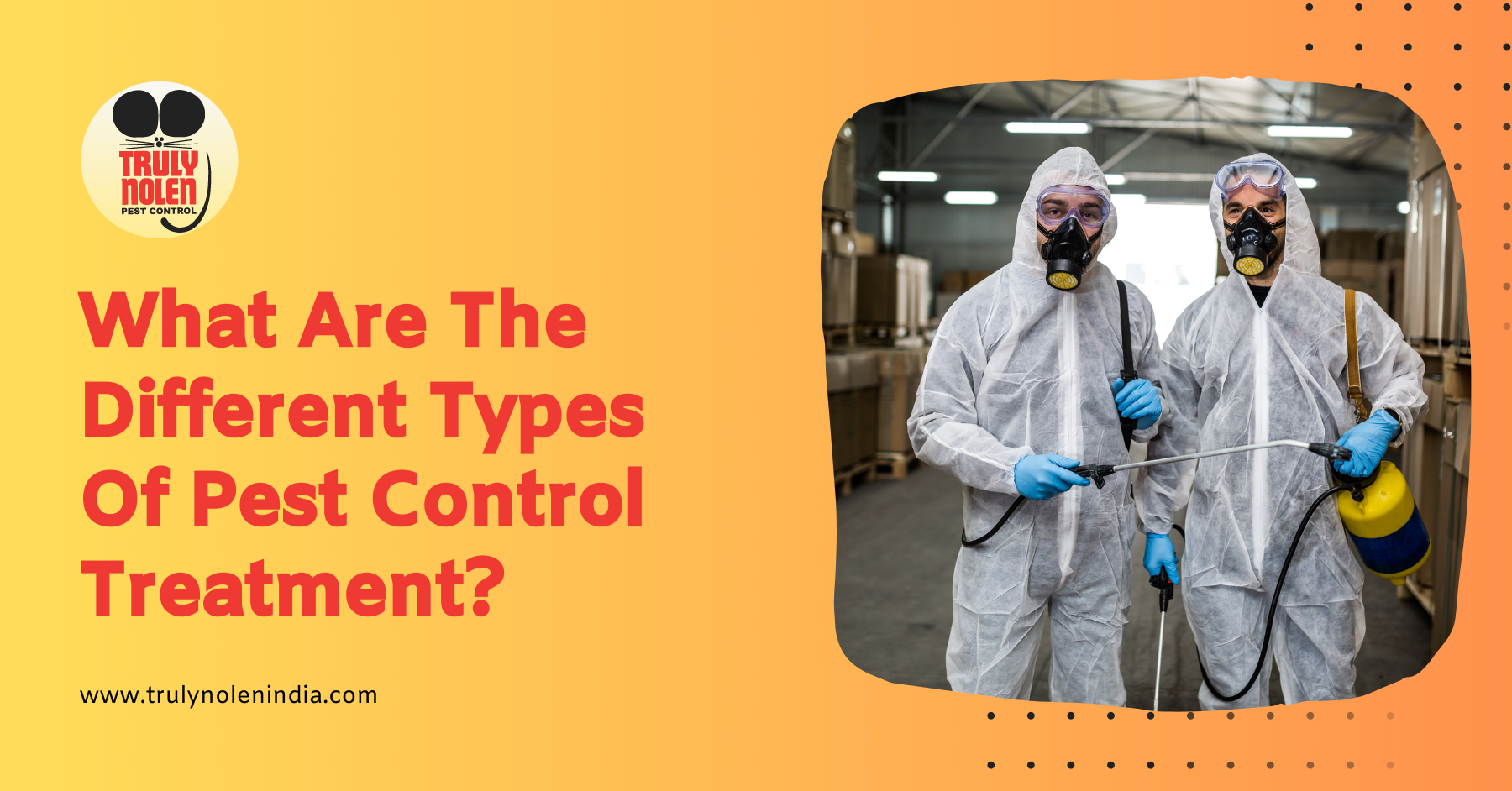The smart Trick of Pest Control That Nobody is Talking About
The smart Trick of Pest Control That Nobody is Talking About
Blog Article
The Definitive Guide for Pest Control
Table of ContentsThe 7-Second Trick For Pest ControlSome Of Pest ControlThe Only Guide for Pest ControlLittle Known Questions About Pest Control.Pest Control for Dummies
Limitations of Chemical Management Be able to analyze bug problems, determine if management is essential, and make appropriate suggestions using IPM methods. Recognize with different methods of parasite management - their advantages and limitations. Understand the value of beneficial pests. It is not possibleor also desirableto rid yards of all insects.This phase talks about (IPM), an approach that utilizes knowledge regarding pests and their, methods, nonchemical approaches, and pesticides to handle pest problems. Additional details regarding IPM for particular plants is consisted of in chapters that focus on those plants. Bugs in a garden or landscape may consist of bugs and mites, weeds,, animals, and birds.
Many individuals rush to draw, hoe, or spray every weed they see. Bugs and weeds, however, contribute in the. After planting a garden or developing a grass, the natural procedure of plant succession starts to restore and nonnative plants. A weed growing in a yard represents the first phase in a series of occasions that, if allowed to continue, might ultimately result in a woodland.
What we call "pests" are part of an all-natural system at work. Just people consider certain varieties insects when they happen where they are not desired.
An Unbiased View of Pest Control
Pests prone to a pesticide were quickly eliminated, leaving resistant ones to reproduce and multiply. It became clear that pesticides alone would not fix all parasite issues.
An IPM plan enables some degree of insects in the setting. Insects are a lot less most likely to survive a program that utilizes various techniques of reducing their populaces. Integrated pest administration was first suggested by entomologists due to the fact that insects were the initial group of pests to prove difficult to manage with chemicals alone.
A limit is the factor at which activity must be taken. IPM has actually expanded past pests to management of all pest populaces: weeds, disease microorganisms, and animals.
The 8-Minute Rule for Pest Control
Monitoring instead of elimination of parasites is the goal. An IPM plan begins with a mindful assessment of each pest infestation. Only then can one make a decision regarding the suitable techniques necessary to reduce insect tasks. The life process of the pest, feasible damage, all-natural adversaries, and impacts of weather condition, to name a few variables, are considered prior to a control strategy is implemented - Pest Control.
Clover growing in a yard may be deemed an unwanted weed, but as a vegetable it is manufacturing nitrogen for the soil and the flowers are giving nectar to honey and various other. Tolerance for some weeds might be component of an IPM strategy. may be consuming the leaves of a plant, yet when they are determined as the larvae of Eastern tiger swallowtail butterflies, their damage might be tolerated so we can take pleasure in the gorgeous butterfly.

The 2nd crucial device in pest monitoring is very early intervention. Being present and watchful in the garden makes sure early discovery. Responding to problems promptly, before they have time to multiply, needs a much less remarkable intervention. The 3rd crucial tool is recordkeeping; tracking what takes place in the garden makes it possible for a gardener to acknowledge patterns and make notified decisions.
The Single Strategy To Use For Pest Control
Several secure, sensible, nonchemical approaches of plant defense and bug administration may decrease or get rid of the need to spray. Other approaches are most beneficial when made use of with chemicals. To carry out administration methods properly and to minimize losses, garden enthusiasts need to be mindful of the types of insects that attack plants and understand pest biology.

Performing a dirt test and applying only the advised quantity of plant food and lime takes full advantage of the advantage to the plant while minimizing problems connected to extreme use plant food - Pest Control. Treatment the soil with several inches of mulch safeguards the plant in a number of means: reducing soil water loss to evaporation, lessening weed competitors, giving nutrients, and developing a suitable environment for earthworms and microorganisms that keep the soil loosened for roots and break down organic material to release nutrients
If mulch touches the trunk, it can produce a method for voles, germs, and fungi to attack the plant. Do not make use of manure or garden compost that has actually not completely broken down as a top clothing due to the fact that it can motivate unfavorable pests. Study recommends that tilling the dirt is harmful to soil framework.
The 4-Minute Rule for Pest Control
If tilling is considered necessary, think about doing it in the loss when the life cycles of numerous bugs brings them near the surface. At the surface, bugs become subjected to the climate as well as birds and other natural opponents.
Report this page